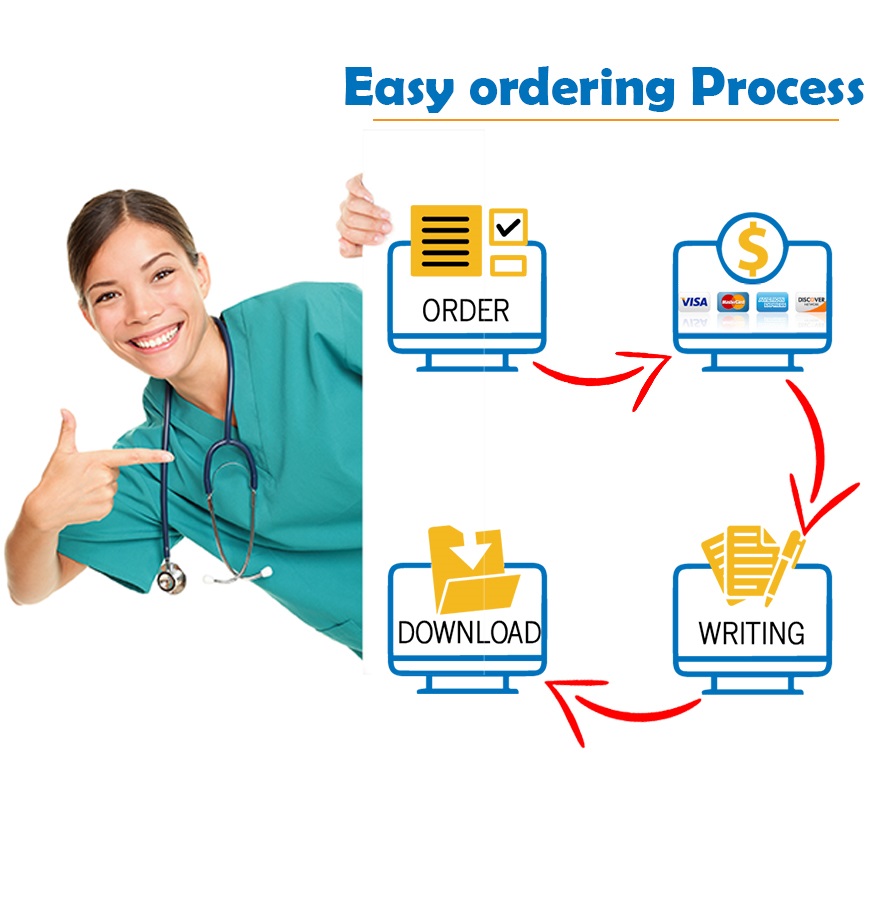Economics
Conceptual questions
- Suppose you own a television factory and at your current level of output you have average total cost of $800 per television, average variable costs of $700 per television, and a marginal cost of $400. If the price your buyers are willing to pay is $500, should you decrease or increase production? Explain your reasoning, and make sure to cite at least one of the required readings in your answer.
- You are the owner of a restaurant, and currently you have only one waiter. While this keeps costs down, many of your customers go home because they are tired of waiting in line or waiting for their order. You hire four more waiters and waitresses, and you are now able to serve a dramatically higher number of customers. Seeing the huge productivity gains from hiring more staff, you then hire 20 more waiters and waitresses. However, you are not able to serve any more customers than you were able to when your staff size was only four. In fact, your restaurant has become overly crowded because there is not enough room in your restaurant for all of your staff. You are confused as to why hiring four more staff members increased your productivity, but hiring 20 more did not. What concept from the background readings best describes what happened in this case? Explain your reasoning.
Quantitative problems: for computational problems, make sure to show your work and explain your steps.
The following table gives the total weekly output of bicycles at Al’s Bicycle Town.
TABLE 1
| Labor | Total Product (TP) | Average Product of labor (AP) | Marginal Product of labor (MP) |
| 0 | 0 | na | na |
| 1 | 100 | 100 | 100 |
| 2 | 300 | ||
| 3 | 450 | ||
| 4 | 110 | ||
| 5 | 630 | ||
| 6 | 110 |
Complete the above table.
Draw the graphs of the marginal product (MP) and the average product (AP).
To learn how to plot the data in Excel, see https://www.youtube.com/watch?v=B3U9tDcoNeI
Where do the AP and MP curve cross?
The cost of 1 worker is $2000 per month. Total fixed cost is $4000 per month.
Complete Table 2 using your answers from Table 1 and by computing total variable cost (TVC) and total cost (TC).
| Labor | Total Product (TP) | Total variable cost (TVC) | Total cost (TC) |
| 0 | 0 | na | 4000 |
| 1 | 100 | 2000 | |
| 2 | 300 | ||
| 3 | 450 | ||
| 4 | 12000 | ||
| 5 | 630 | ||
| 6 | 12000 |
Draw the graphs of the TC and TVC curves. What is the relationship between these two curves?
Complete Table 3 by using your answers from the previous Tables and calculating the AVC, ATC, and MC.
Table 3
Total Product (TP) Average variable cost (AVC) Average total cost (ATC) Marginal cost (MC)
| Total Product (TP) | Average variable cost (AVC) | Average total cost (ATC) | Marginal cost (MC) |
| 0 | na | na | na |
| 100 | 20 | 20 | |
| 300 | |||
| 450 | |||
| 21.43 | |||
| 630 | |||
| 66.67 | |||
Draw the graphs of the ATC, AVC, and MC curves. What is the relationship between the ATC and AVC curves? Between the MC and AVC curves?
"Looking for a Similar Assignment? Order now and Get 10% Discount! Use Code "GET10" in your order"



